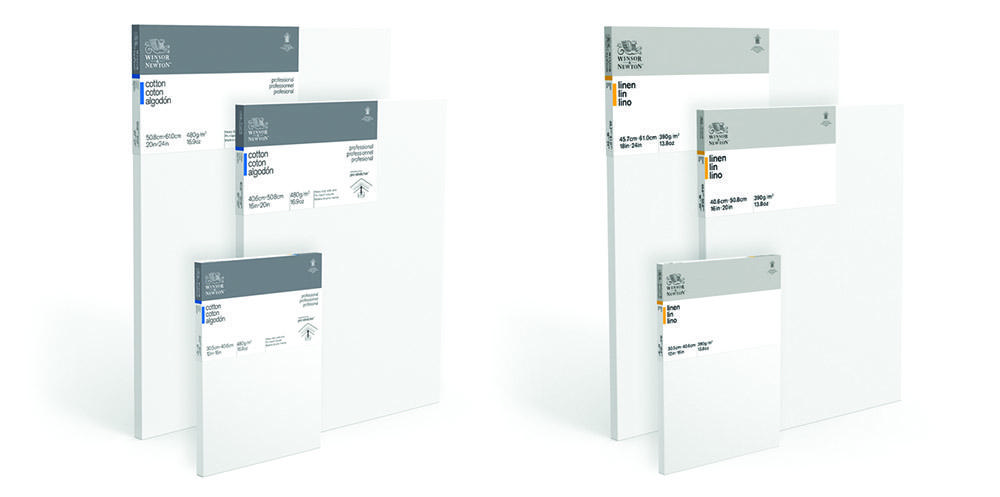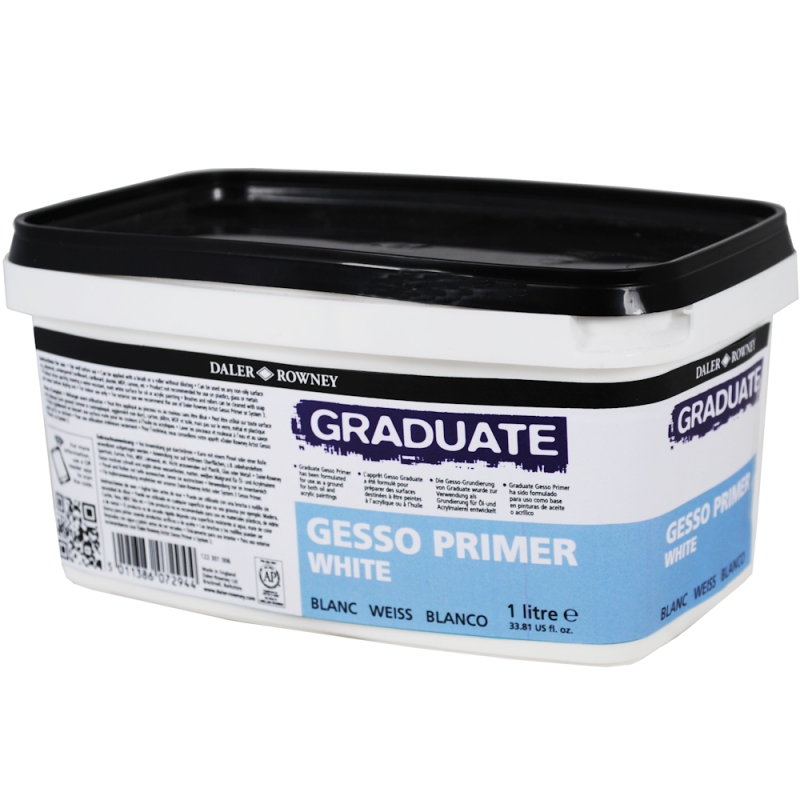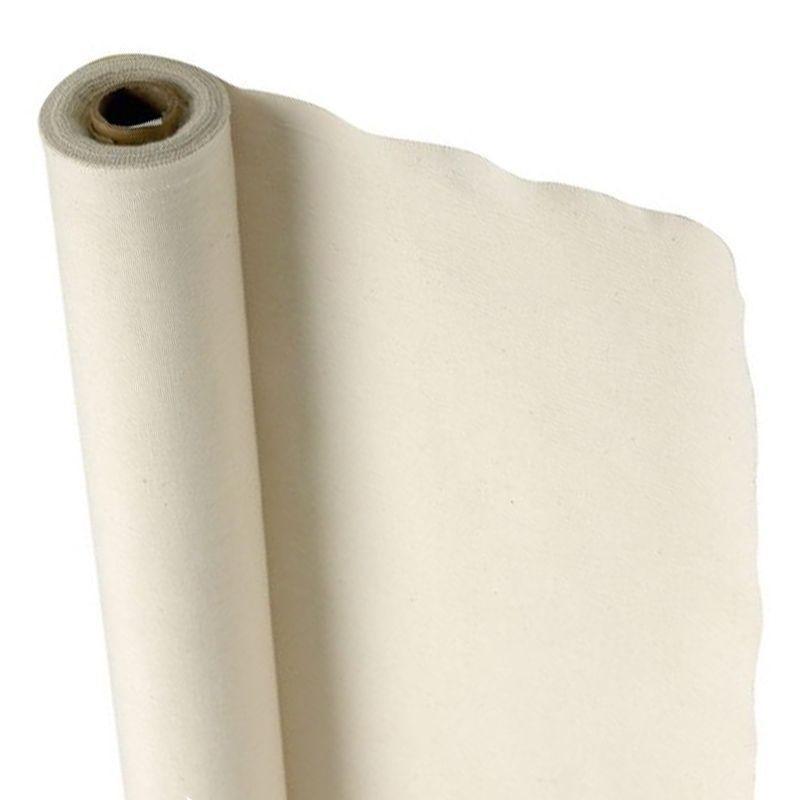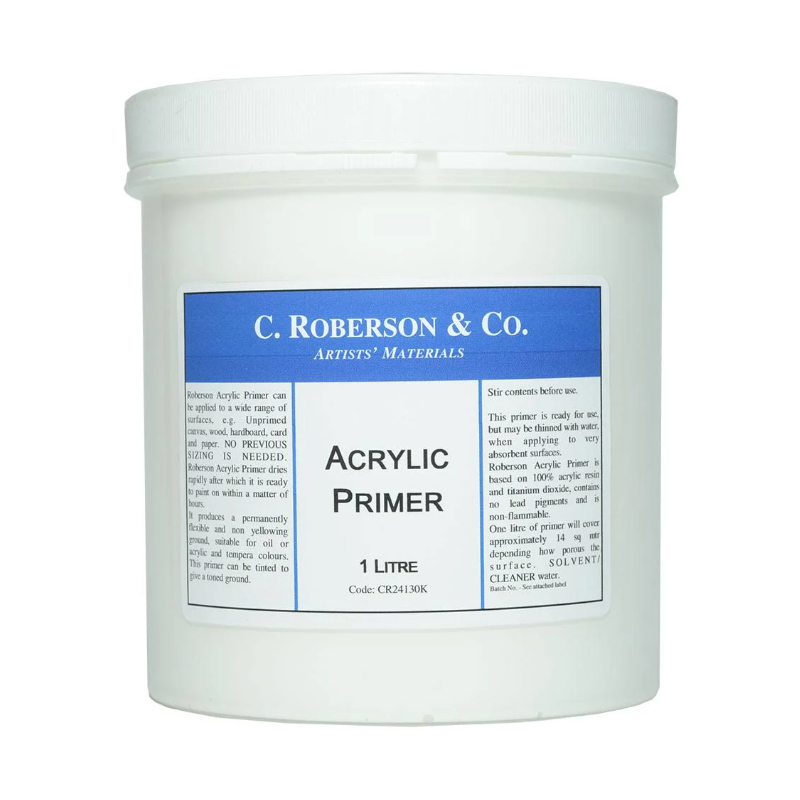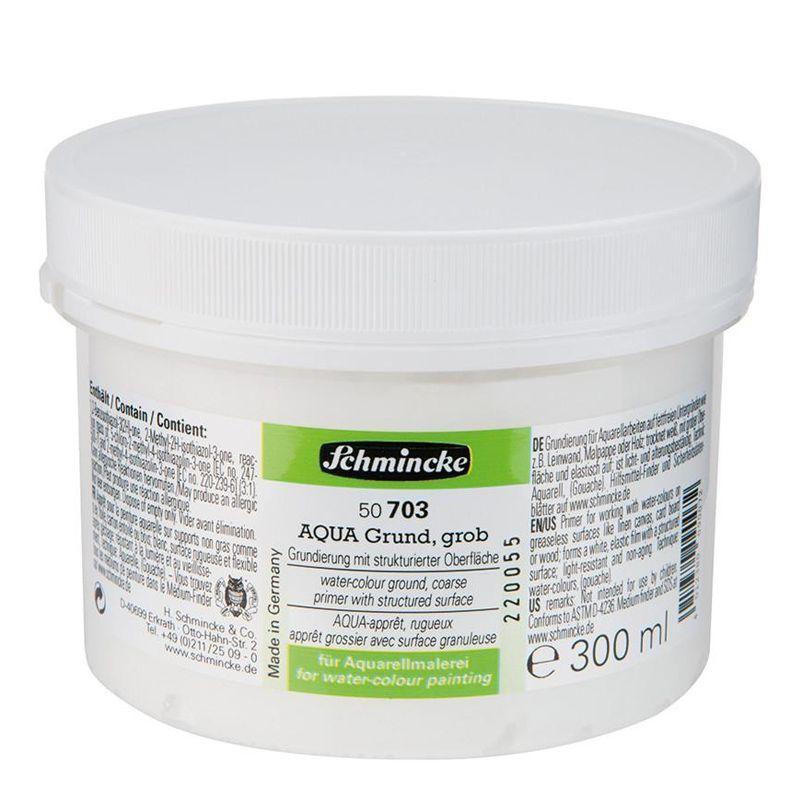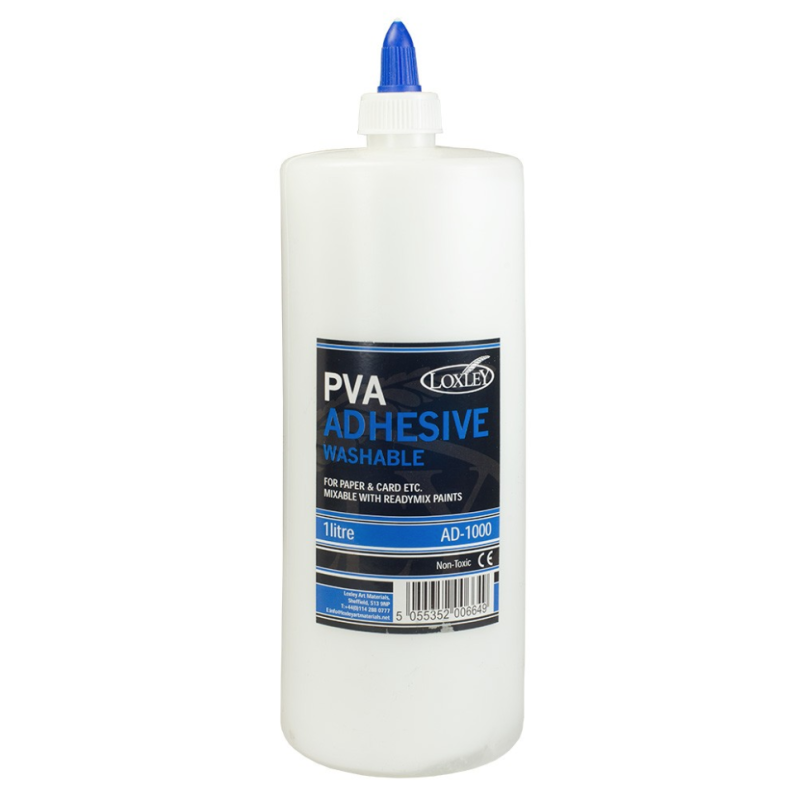Learning the correct way to prime your canvas is a simple but crucial skill for artists working with oil or acrylic paints. Priming seals and protects the support, makes the canvas less absorbent, helps the colours stand out and can provide a smoother surface with enough tooth for the paint to bind onto. Read on to discover our tips on how to prime a canvas.
Knowing how to paint on canvas correctly is vital. Learn more here.
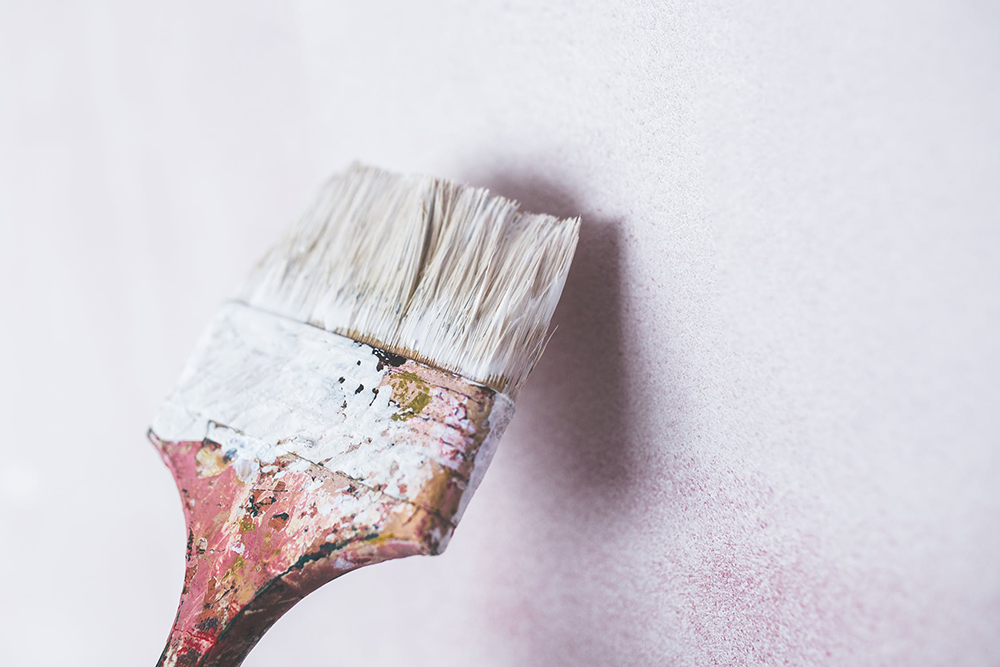
Priming for Oil Colour
Priming your canvas by applying a layer or two of gesso to the surface will help the colours in your work really stand out. When using oil colour on canvas, and the canvas is poorly primed, the oil may sink into the canvas and leave dull patches on the surface of your painting. Priming also gives the canvas a smoother surface to work on and allows your brush to flow much better.
Priming for Acrylic Colour
Priming a canvas is also recommended when using acrylic colour as it will give a solid foundation for your work.
Five points to consider when priming:
1. Tooth: Tooth is how the surface feels, the more tooth a surface has the rougher it feels to touch. The primed surface needs to provide a necessary grip for the colour.
2. Absorbency: Priming limits the absorbency of the canvas and helps with the adhesion of the paint film to the primed surface.
3. Colour: The relationship of the colour of your primed surface to the colours you use in your work is important to consider. Oils become increasingly transparent as time goes by and an opaque white primed surface will reflect back the maximum light.
4. Rigidity: Primers add rigidity. This compliments the nature of the paint film and ensures long-term stability.
5. Coverage: It needs to be adequate for the purpose. Generally, one or two coats of a good quality primer should be sufficient.
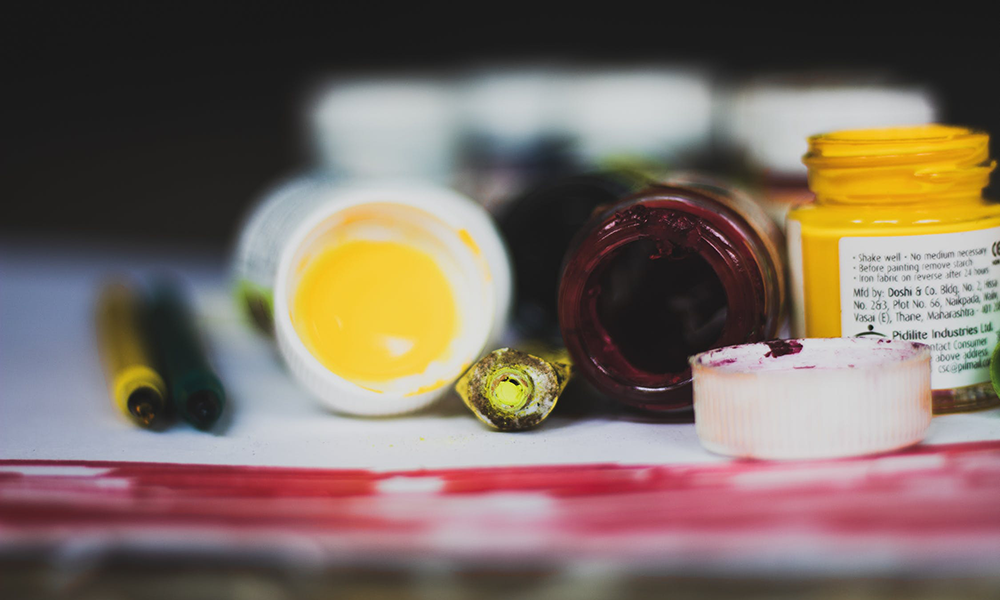
Oil or Acrylic Primers
We offer both Acrylic and Oil Primers, both of which can be used underneath oil painting. Oil painting primer (or solvent-based primer) is the more traditional option and today it is faster drying than the very old style primers for oil colour.
It is recommended that canvases be sized with rabbit skin glue before applying a primer and once applied, you can apply a primer when it is touch dry. ‘Sizing’ is the process that fills the pores in the surface with glutinous material (rabbit skin glue or PVA) and helps to stop fluid leaking through, and it also helps stiffen the fabric. For best results, it is recommended to apply a few coats.
The characteristics of acrylic primers means that they have become the preferred option for oil painting and are being chosen over oil and alkyd based canvas primers. The pigmentation of acrylic primers is carefully controlled and gives sufficient flexibility to avoid cracking, but sufficient rigidity to maintain the tension of the canvas and the correct degree of tooth and absorbency to ensure good adhesion when overpainted with either oil or acrylic.
Are you looking for some primer for acrylic paint on canvas? Take a look at this Pebeo Studio Acrylics Gesso.
Priming with PVA
Many people ask, ‘can you use PVA glue as a primer?’, and the answer is yes, you can. Whilst some artists may choose this method, using polyvinyl acetate (PVA) as a primer is not recommended because it may disintegrate prematurely, leaving the remaining painting with no foundations.
Primed Canvases
You do not have to size and prime a canvas yourself as Winsor & Newton offers a range of brand new quality Professional Cotton and Deep Edge canvases, as well as the fantastic Classic Linen.
Canvas Boards
Winsor & Newton Artist’s Canvas Boards are great for students and painting outside the studio thanks to their portability. They come ready sized and primed in various sizes and can be used with oil, water mixable oil, alkyd and acrylic colours.
Want to know more about working on canvas or other surfaces? Check out our below blogs to help you:
How to Paint on Wood with Acrylics
How to Paint on Canvas





















